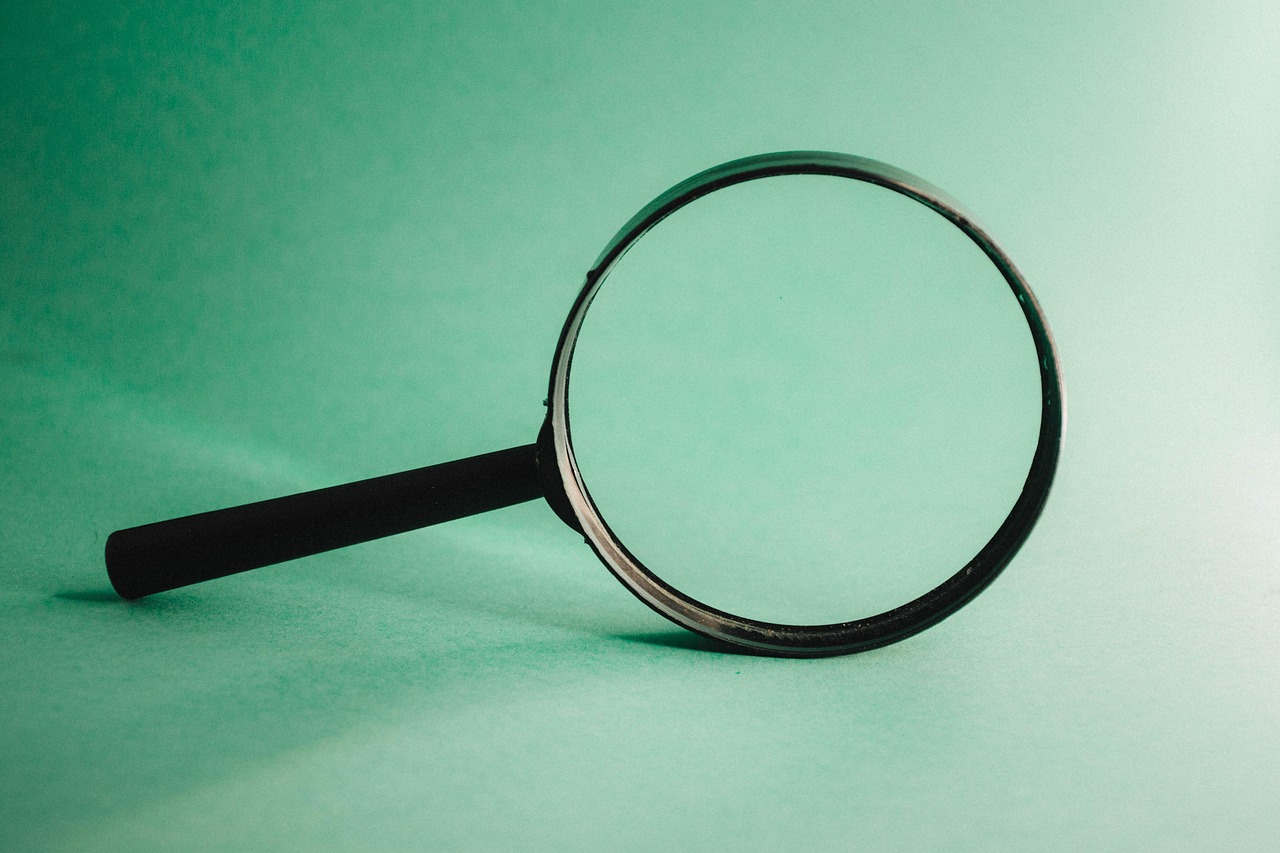It's been about 20 years since the first European Partnerships were created. Their purpose is to support the current Research and Innovation programme in finding solutions to global challenges.
They address burning issues and commit to sharing research results to avoid duplication of work. For research to keep moving forward, we need to see more synergies across EU programmes, leverage efforts amongst key actors and build on one another’s findings. All of this is important to set the framework for a more unified and optimised R&I European landscape.
As Mariya Gabriel said: “European Partnerships are our opportunity to work together to respond and shape the profound economic and social transformations, for the benefit of all EU citizens.”
In Horizon Europe, Partnerships are more ambitious, have clear 2030 objectives and strongly support EU political priorities. They are about creating synergies and promoting interconnectivity in the spirit of reaching together EU priorities.
Want to learn more? Join our free 1-hour webinar on EU Partnerships here. Book your preferred day and timeslot. Event available until 9 March 2021.
How are EU Partnerships in Horizon Europe different?
Horizon Europe, as a programme, is overall more impact-focused than Horizon 2020. There are clear targets and objectives and the approach to Partnerships follows the same line. Partnerships exist to support Horizon Europe, thus their impact, strategy and effectiveness need to be demonstrated with clear evidence. No financial support will be given otherwise.
Something else you may be pleased to hear is that the whole contractual legal system is simpler. No need to learn a new reporting system or financial rules: Horizon Europe rules will be applied across the Partnerships.
How many types of Partnerships are there?
The EC decided to make the division a lot simpler. Where before you had more than 100 Partnerships organised in many ways, now you will find only 49 organised into three groups.
- Co-programmed: the successors of the Contractual PPPs. They are established with a Memoranda of Understanding and a contract with the EC.
- Co-funded: previously known as ERA-NET. Here, a grant agreement is likely to be set up between the Commission and the consortium. And just as it would happen in a cooperative project, your proposal will be evaluated.
- Institutionalised: those are the most complex ones and can be represented by FET Flagships.
And what are their main priorities?
Two words: green and digital. In February 2021, the Commission launched a press release announcing the 10 new European Partnerships which aim at making Europe greener, climate-neutral and digital. Nonetheless, the total number of areas is 8, being 5 of them the confirmed ones for now: health, digital, climate, food and environment.
Out of the 49 EU Partnerships in the portfolio, some are completely new and others build on previous ones.
Did you know EU Partnerships launch calls for proposals?
Just like an EC call, you can find the calls for proposals on the Funding and Tenders portal although you may need to wait till the 2022 Work Programme.
Want to learn more? Join our free 1-hour webinar on EU Partnerships here. Book your preferred day and timeslot. Event available until 9 March 2021.
For more information on European Partnerships, click on the following links:
European Partnerships in Horizon Europe
Coherence and Synergies of candidate European Partnerships under Horizon Europe




